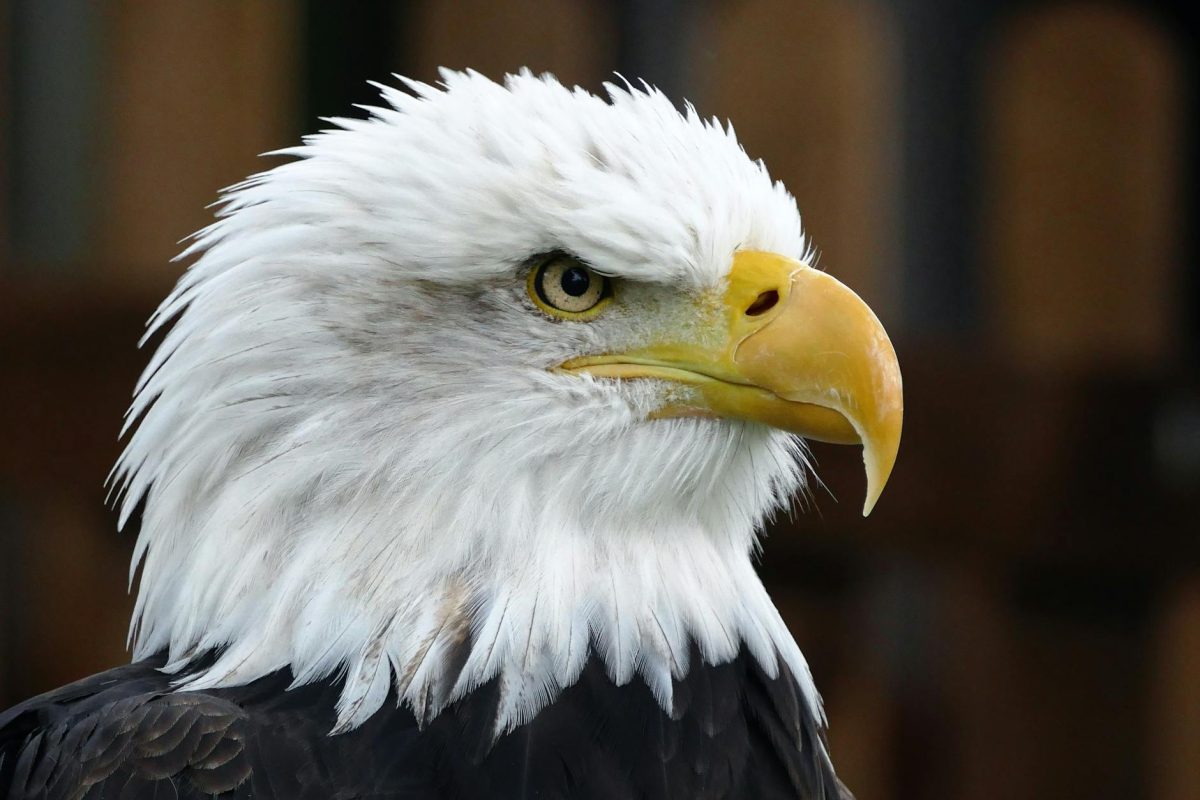Eagle Eyes: Supreme Hunting Vision Unleashed
Eagles are majestic birds of prey known for their keen eyesight and impressive hunting abilities. It is no exaggeration to say that these raptors possess some of the most incredible vision in the animal kingdom. Their extraordinary eyesight allows them to spot prey from great distances and make precision strikes with deadly accuracy. Let’s take a closer look at how eagle eyes work and why they are essential for the survival and success of these fascinating birds.
The Anatomy of Eagle Eyes
Eagles have large eyes that are well adapted for hunting. Their eyes are positioned on the front of their faces, providing them with binocular vision that enables them to accurately judge distances. The size of an eagle’s eyes is relative to the size of its head, with larger species like the Golden Eagle having even larger eyes compared to their overall body size. These eyes are protected by a nictitating membrane, a translucent inner eyelid that acts as a windshield wiper to keep the eyes clean and moist during high-speed flights or while hunting in harsh weather conditions.
How Eagle Eyes See
Eagles have excellent visual acuity and can see details at a much greater distance than humans. Their eyes contain more light-sensing cells called cones than human eyes, which enhances their ability to see in bright daylight. This abundance of cones also allows them to perceive a wider range of colors, giving them a more vivid and detailed view of the world around them. In addition to their superior color vision, eagles have a second set of light-filtering cells called double cones that improve their ability to detect fast-moving objects and see in low light conditions.
Hunting Tactics of Eagles
Eagles use their exceptional eyesight to locate prey from high altitudes while soaring in the air. Once they have spotted a potential target, they dive down at astonishing speeds, reaching up to 200 miles per hour, to capture their prey with their sharp talons. Some species of eagles, like the Bald Eagle, are known for their fishing skills and can spot fish beneath the water’s surface from hundreds of feet above.
Evolutionary Advantages of Superior Vision
The remarkable vision of eagles has evolved over millions of years, providing them with a competitive edge in the wild. Their ability to see prey from afar gives them a significant advantage over other predators and allows them to secure food sources more effectively. In addition to hunting, eagle eyes also play a crucial role in navigation, territory defense, and mate selection.
Conservation of Eagle Populations
Despite their incredible hunting vision, many species of eagles are facing threats to their survival, including habitat loss, pollution, and illegal hunting. Conservation efforts are vital to protect these majestic birds and ensure their continued existence in the wild. By preserving their natural habitats and implementing measures to reduce human impacts, we can help safeguard the future of eagle populations around the world.
In conclusion, eagle eyes are a marvel of nature, showcasing the power and precision of evolution at its finest. Their supreme hunting vision is a testament to the incredible adaptations that enable these magnificent birds to thrive in diverse environments. By understanding and appreciating the unique abilities of eagles, we can cultivate greater respect and admiration for these iconic symbols of strength and grace in the natural world.
